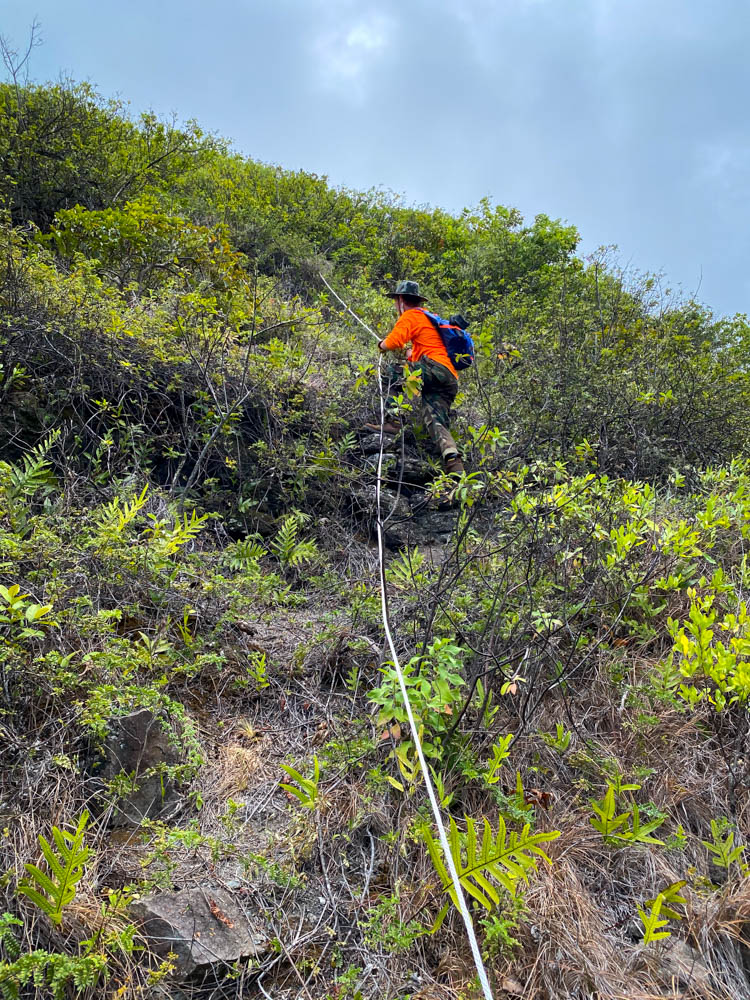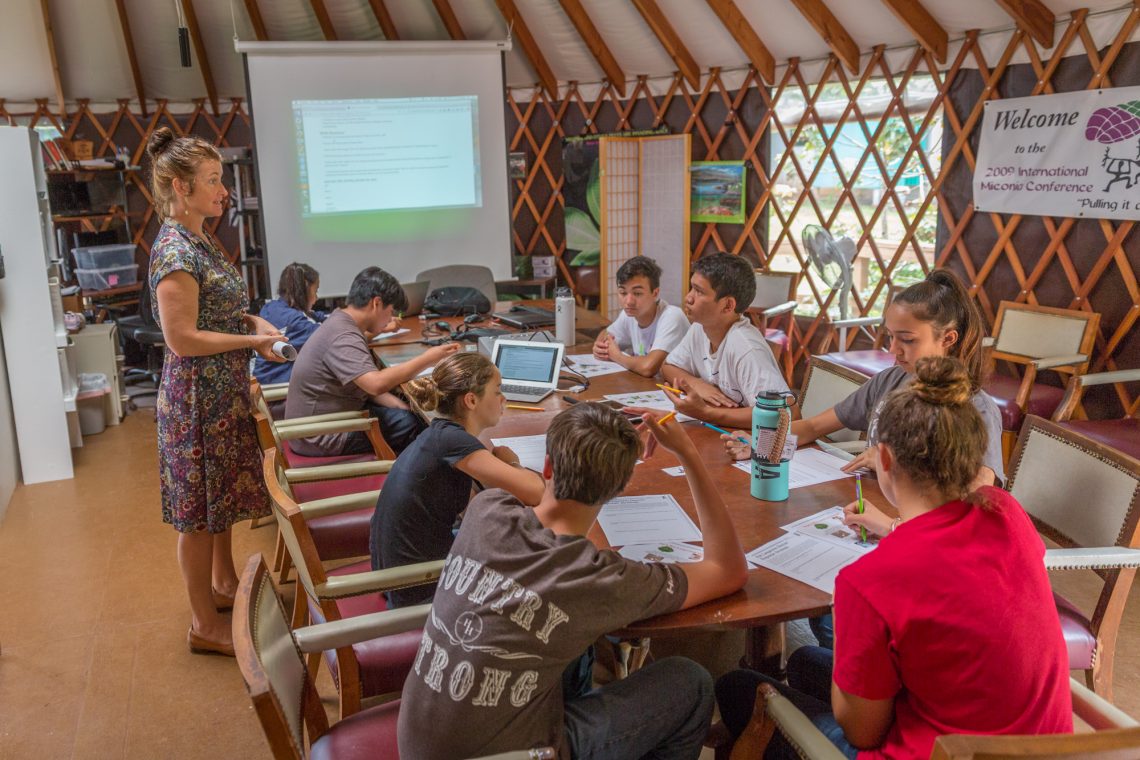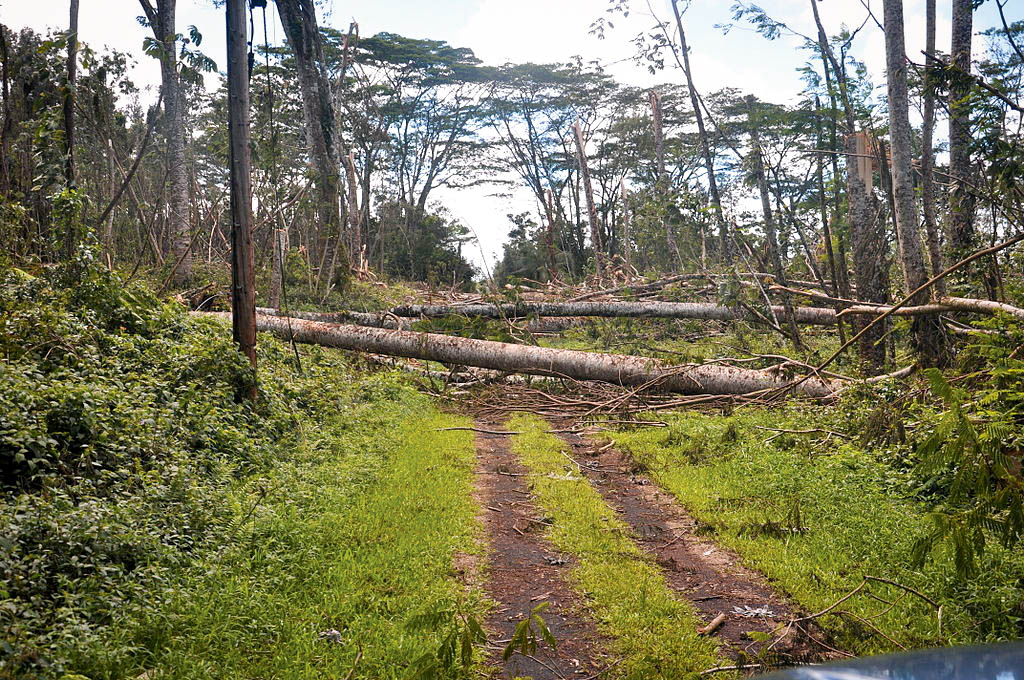Early Detection:No news is good news, at least from the early detection team. Forest and Kim Starr surveyed the Kahului…
Read More
Little Fire Ant Crew – September 2020
The community contacted us with 22 reports of suspected little fire ants since July and our crew continues to follow…
Read More
Hiring for Public Relations Specialist — Apply by 8/12
Do you enjoy sharing your love of Hawaiʻi and inspiring others? Do you have a passion for learning and creative talent? Do…
Read More
Removing invaders can help decrease damage from hurricanes
Hurricane Harvey didn’t just bring floodwaters to Texas; it also spread a plague of stinging ants. Red imported fire ants…
Read More
Coqui frogs negatively affect the environment in more ways than one
In the dark, Darrel Aquino turns off the pump engine – the silence is a stark contrast to the noise…
Read More





